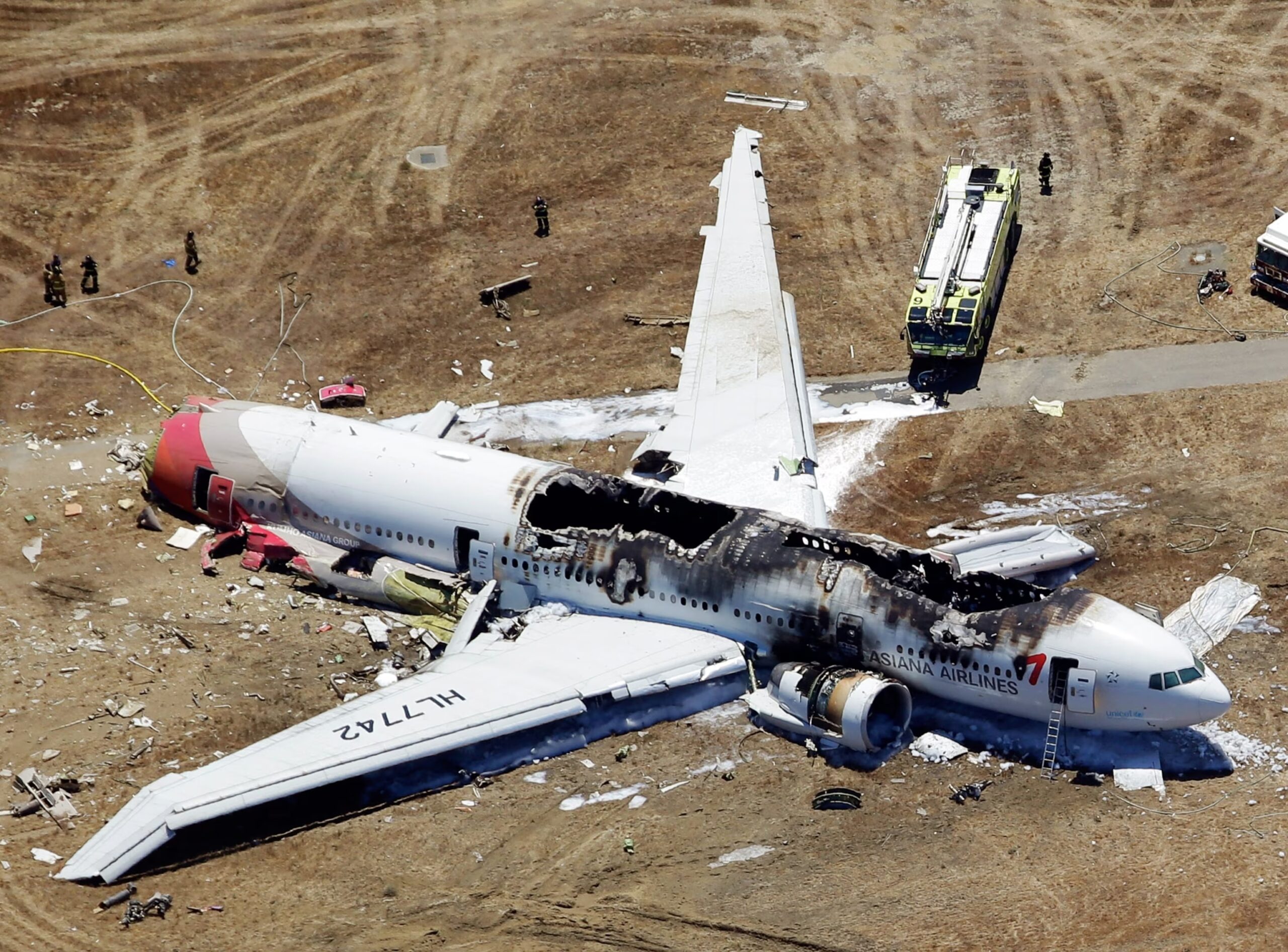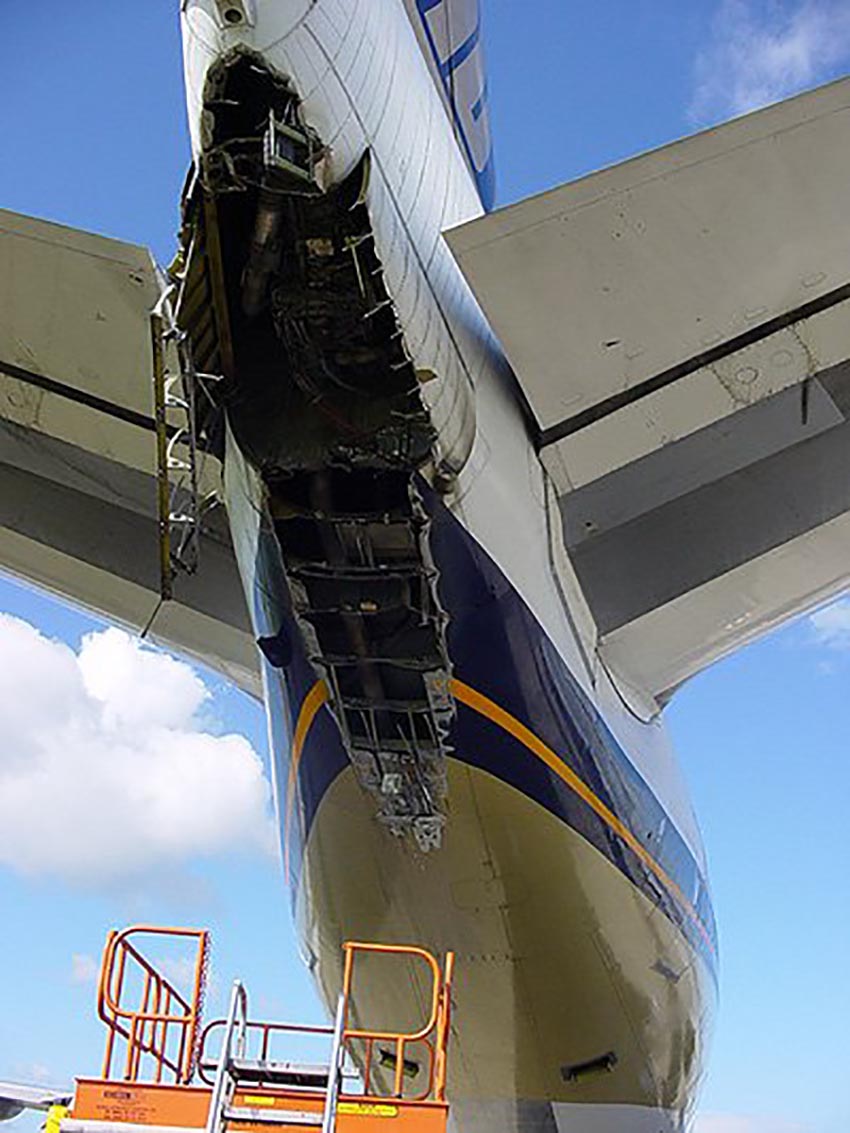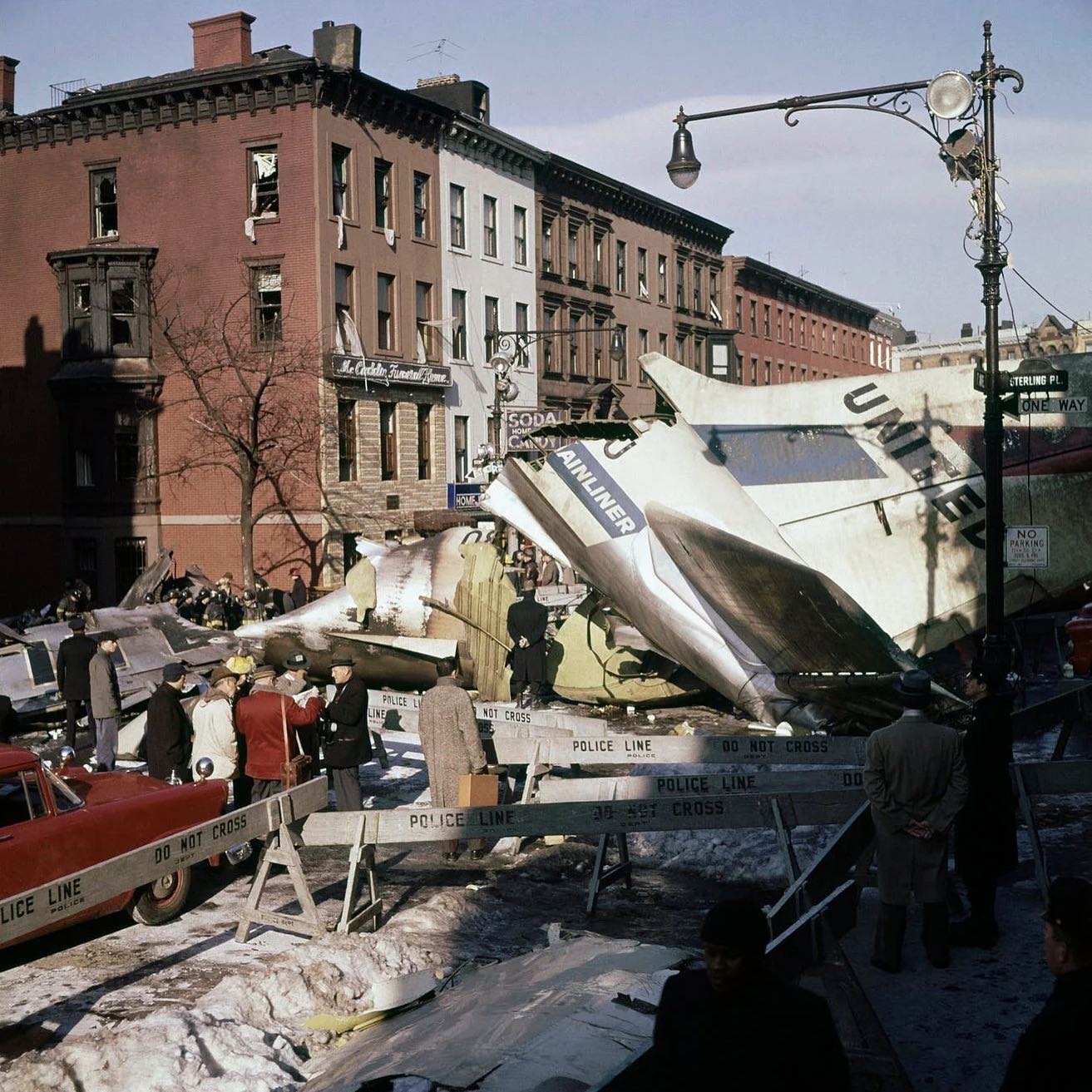The supersonic Concorde jet was only in passenger service for 27 years after its first commercial flight on Jan. 21, 1976, but it left quite a mark on travelers – especially those who now long for a more luxurious flying experience. Flights on that first day took passengers from London Heathrow to Bahrain and from Paris to Rio de Janeiro.
For travelers, the appeal of the Concorde was that flights were frequently only one-third as long as on regular planes. The jets would dart back and forth across the Atlantic, to Mexico and Latin America, and from Europe to Asia. The fastest-ever crossing from New York to London was completed in 2 hours, 52 minutes and 59 seconds. That’s barely enough time to even watch a movie.
But wealthy tourists had to pay for that convenience. Tickets were typically five times as much as regular tickets on 747s. By the time the Concorde shut down in 2003, tickets from New York to Europe cost just under $10,000.
Only 20 Concorde aircrafts were manufactured after the British and French governments joined together to develop the plane in the 1960s. Although commercial flights began in 1976, they were banned in the U.S. over noise complaints. The Supreme Court eventually ruled that the jets couldn’t be banned and American-European flights began in 1977.
The airline industry suffered economically in the late 1990s and early 2000s. The appeal of the Concorde also dropped after an Air France crash in Paris in 2000. These hits prompted both Air France and British Airways to retire the jets in 2003.











